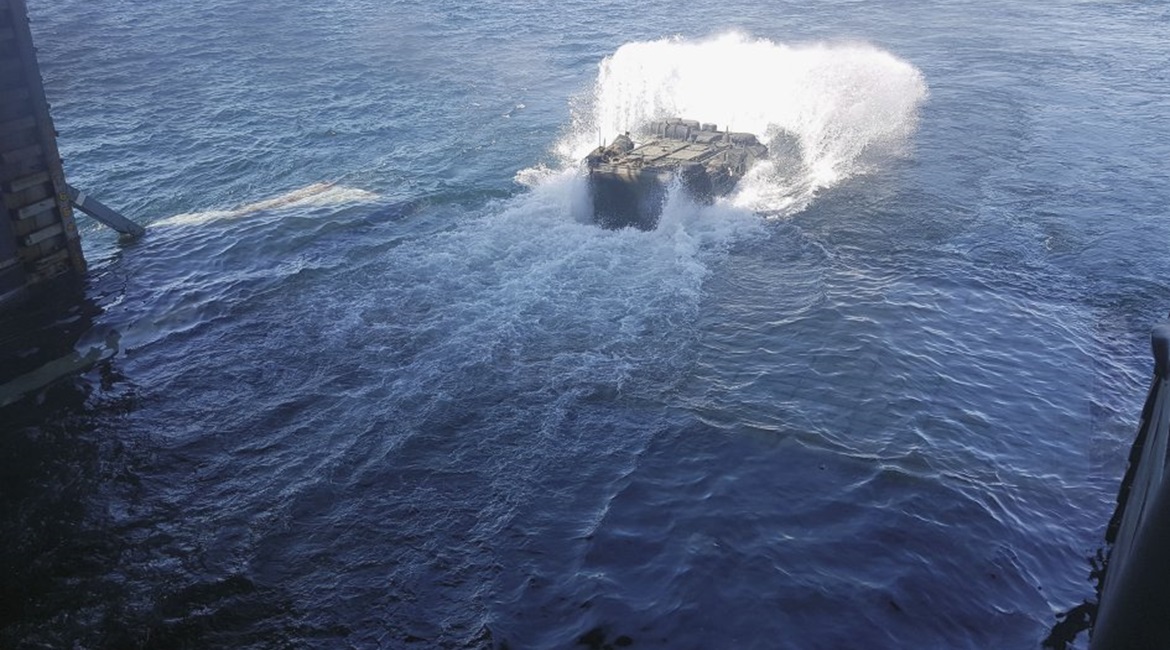
A confluence of mechanical and human failures are the cause of the deadly July 2020 amphibious assault vehicle (AAV) accident that killed eight marines and a US Navy sailor off the Southern California coast, according to the US Marine Corps (USMC).
On 25 March the service unveiled a brief synopsis of its findings into the 15th Marine Expeditionary Unit’s (MEU’s) deadly crash and is pinning the blame on a multitude of missteps. More specifically, the service said there was a “lack of training”, the material conditions of the unit’s AAVs were not up to par, there were not enough safety boats in the water, there was a “higher-than-anticipated” sea state, and the personal flotation devices did not provide enough buoyancy at depth.
“The investigation determined the cause of the mishap was a combination of maintenance failures due to disregard of maintenance procedures, AAV crewmen not evacuating personnel when the situation demanded for such actions, and improper training of embarked personnel on AAV safety procedures,” the USMC wrote on 25 March.
On the morning of 30 July 2020, 13 AAVs set out from USS Somerset to San Clemente Island. Once there, one AAV experienced a “mechanical failure”. After a five-hour delay that required some personnel and AAVs to remain on the island, nine AAVs attempted to return to USS Somerset .

AAVs head for the beach at Ustka, Poland during ‘BALTOPS 18’. The USMC has determined that a deadly July 2020 accident was the result of mechanical and human failures. (Dr Lee Willett)
Looking to read the full article?
Gain unlimited access to Janes news and more...






